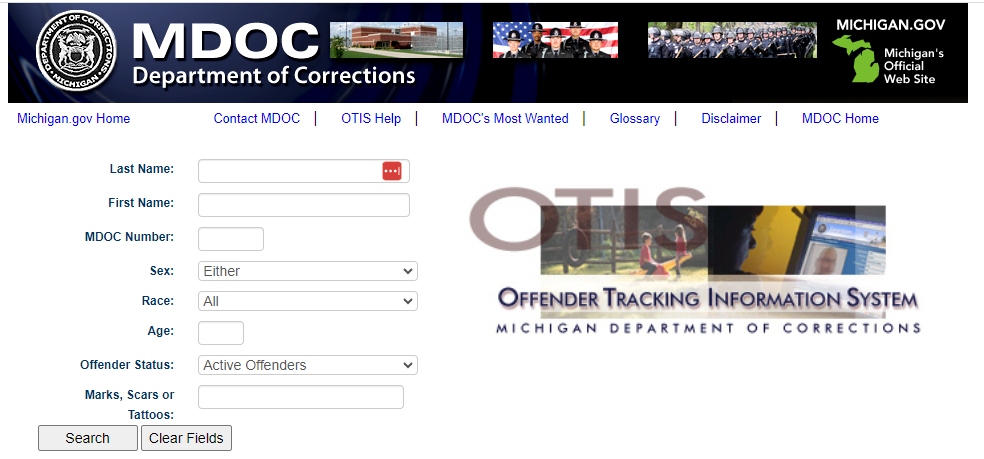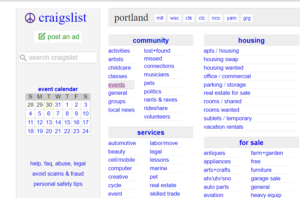OTIS – Offender Tracking Information System Complete Guide

The Offender Tracking Information System (OTIS) is typically used in some U.S. states, such as Michigan, to provide information about offenders in the state’s correctional system. While the specifics of OTIS can vary by state, the system’s primary purpose remains consistent: to offer public access to information about incarcerated or recently released offenders.
Here’s a general guide to understanding and navigating OTIS:
1. What is OTIS?
OTIS is an online database that provides details about offenders, including their current status (e.g., incarcerated, on parole, discharged), personal characteristics, and offense details.
2. Who’s Listed in OTIS?
- Offenders currently in prison, on parole, or on probation.
- Offenders who have been discharged from these statuses within the past three years.
- Escapees and absconders.
3. How to Use OTIS:
- Accessing the System: Typically, you’d navigate to the official website of the state’s department of corrections.
- Search Options: You can search using various criteria such as name, MDOC (Michigan Department of Corrections) number, or other specifics. Some systems also allow searches based on crime, location, or age.
- Viewing Results: Results will provide details like the offender’s name, status, current location (if incarcerated), offenses, and sentence details.
4. Information You Can Obtain:
- Personal Information: Name, gender, race, age, physical description.
- Status Details: Whether the offender is in prison, on parole, on probation, or has been discharged.
- Offense Details: Information about the crime(s) committed, including type, date, and location.
- Sentence Details: Sentence duration, any fines, and parole or probation details.
5. Limitations & Disclaimers:
- Not all offenders might be listed. OTIS typically lists higher-risk offenders or those with longer sentences.
- The information might not be current. While the system is regularly updated, there may be delays in reflecting recent changes.
- OTIS is provided as a public service, and while accuracy is a priority, the state usually won’t guarantee it.
6. Safety & Privacy Concerns:
- OTIS is meant for public awareness and safety. It’s illegal to use the information obtained from OTIS to harass or harm an offender or their families.
- If you find any inaccurate information about an offender, it’s best to contact the state’s department of corrections directly.
7. Other Features:
Some OTIS versions might provide additional features, such as:
- Photographs: Mugshots or other photos of the offender.
- Location Maps: Maps indicating where a particular correctional facility is located.
- Links to Related Resources: Such as victim services, crime statistics, or other related databases.
8. OTIS Alternatives:
If you can’t find the information you’re looking for on OTIS, there might be other databases available, like the National Sex Offender Registry or the FBI’s Most Wanted list.
9. For Victims:
Some states offer services where victims can be notified of changes to an offender’s status, such as their release or transfer. If this is a service you’re interested in, you’d typically need to register for it.
10. Conclusion:
OTIS is a valuable tool for public safety and awareness. By providing transparent information about offenders, it aids communities in staying informed and taking necessary precautions.
Note: This is a general guide, and specifics can vary based on the state or the version of OTIS in use. Always refer to the official website or contact the respective department of corrections for accurate and comprehensive details.










